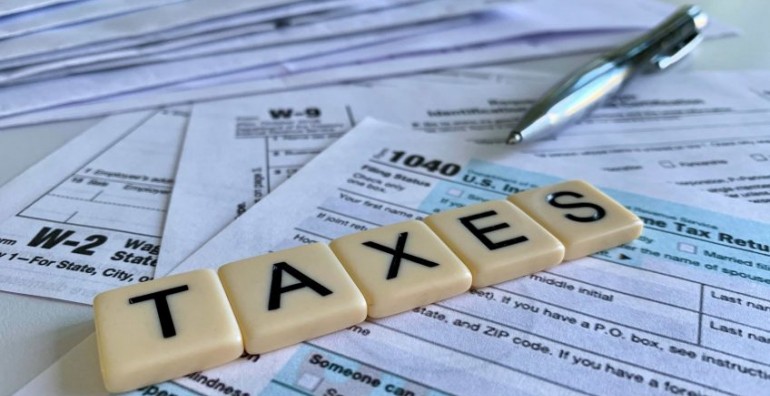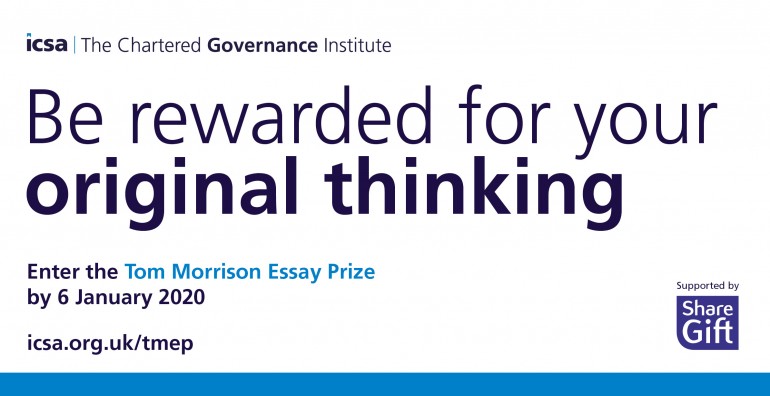The 5th Money Laundering Directive (5AMLD) will come into force on the 10th January 2020
The Juncker Commission has made the fight against money laundering and terrorism financing one of its priorities. The Commission presented an Action Plan to strengthen the fight against terrorist financing in 2016, which also responds to the Panama Papers revelations.







